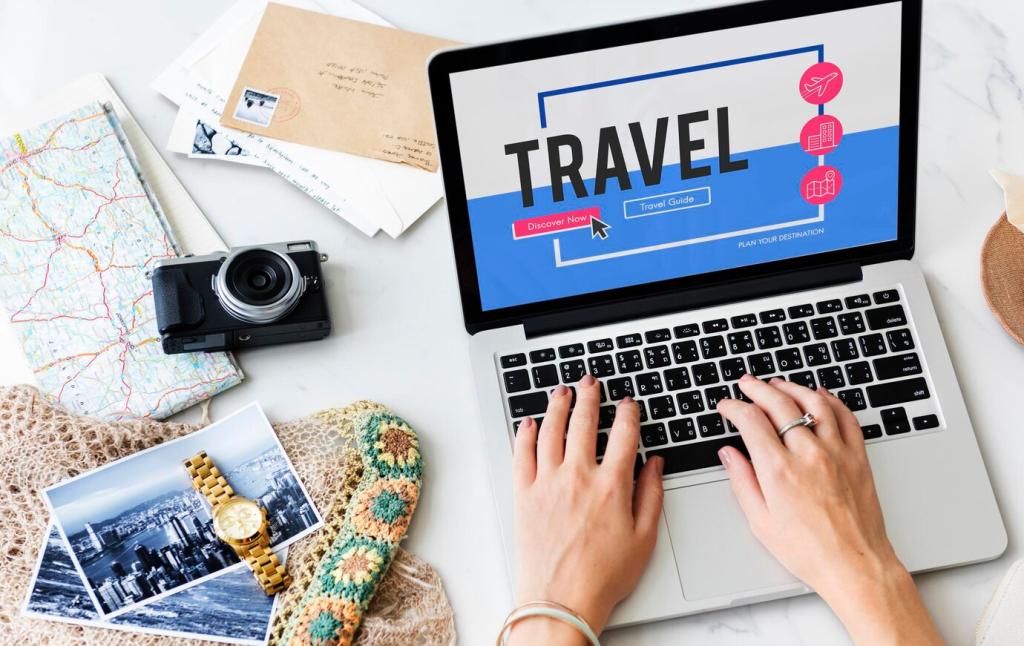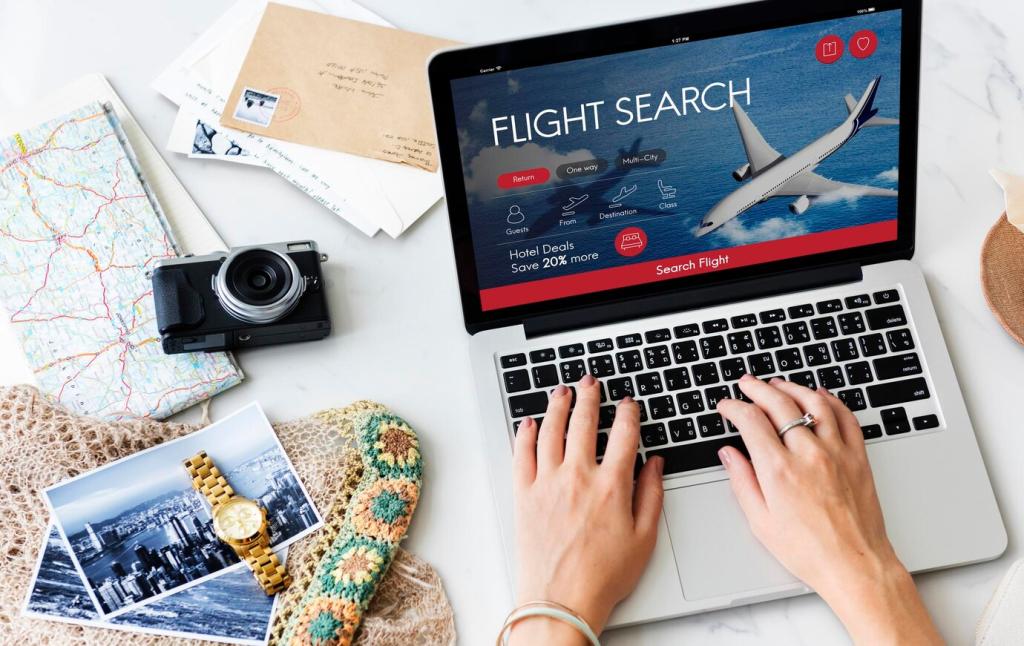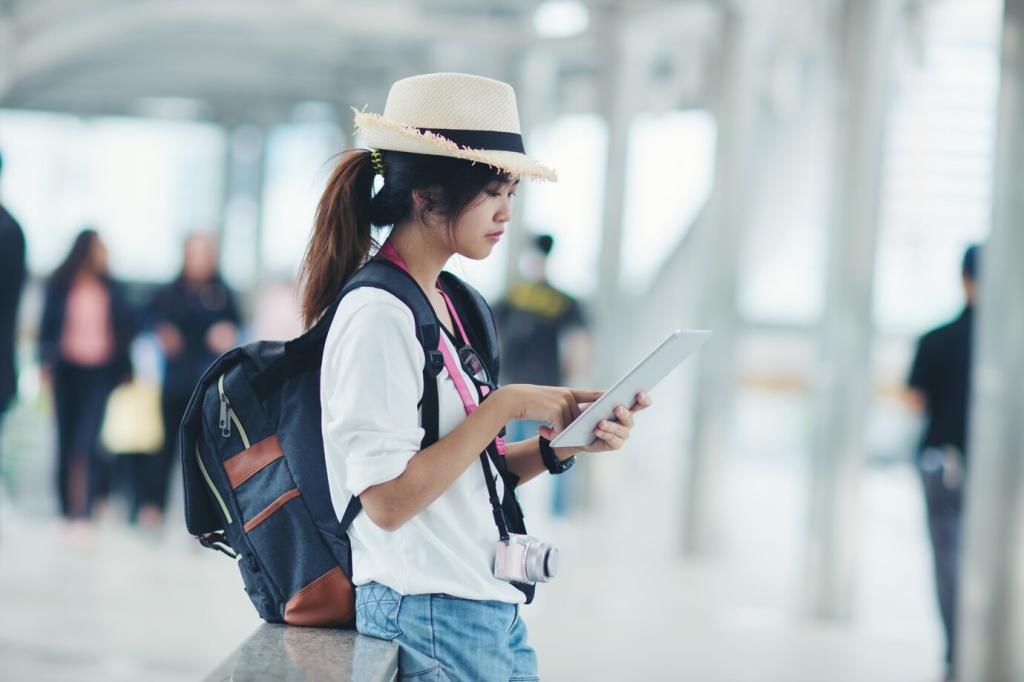Guarding Identity and Travel Documents
Scan your passport, visas, and key cards, then store encrypted copies in a secure cloud folder and a locked notes app. Share read‑only access with a trusted contact. If documents are lost, you can present copies to your embassy while keeping originals and backups out of opportunistic hands.
Guarding Identity and Travel Documents
Scammers target travelers with fake airline changes, hotel invoices, and customs fees. Verify sender domains, avoid links in urgent messages, and use email aliases for bookings. One reader dodged a bogus change‑fee email in Tokyo by checking the airline app directly rather than clicking the tempting link.
Guarding Identity and Travel Documents
Some countries can request device access. Before travel, enable travel mode in your password manager, sign out of sensitive apps, and minimize local data. Consider a separate travel laptop or phone. If questioned, calm preparation beats improvisation, and having fewer local secrets reduces both risk and anxiety.







